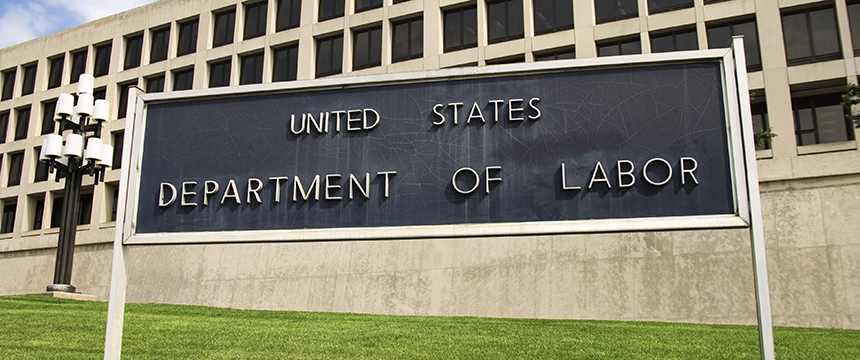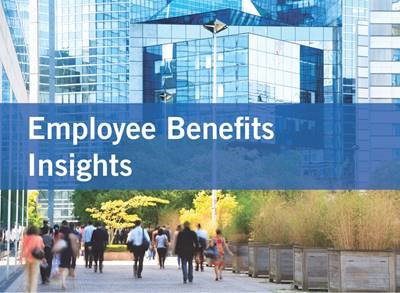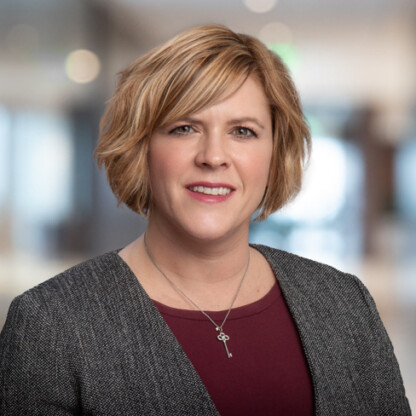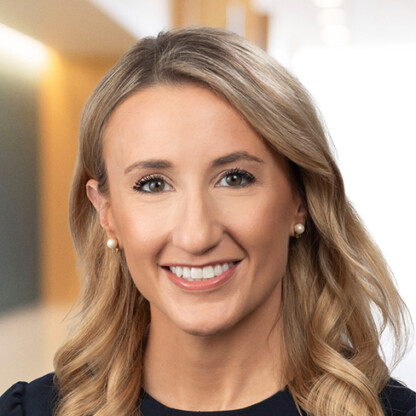Diving Into SECURE 2.0: New DOL Lost and Found, Updates to EPCRS, and Delayed Implementation of Roth Catch-up Requirement

The SECURE 2.0 Act of 2022 (SECURE 2.0) significantly changes the legal and administrative compliance landscape for U.S. retirement plans. Foley & Lardner LLP is authoring a series of articles that take a “deep dive” into key SECURE 2.0 provisions that will affect how employers structure and administer their 401(k) plans, pension plans, and other types of employer-sponsored retirement plans.
Our two most recent SECURE 2.0 articles have covered new 401(k) eligibility rules for part-time employees and a grab bag of other administrative changes permitted or required by SECURE 2.0. This month, we discuss changes to government programs, including a new Department of Labor (DOL) lost and found registrar and updates to the Internal Revenue Service’s Employee Plans Compliance Resolution System (EPCRS), as well as the delayed implementation of the Roth Catch-up Requirement.
DOL Lost and Found Registrar
SECURE 2.0 directs the DOL to create a nationwide retirement plan database (called the Retirement Savings Lost and Found) with the hopes of helping former employees or their beneficiaries locate plan benefits. The follow Q&As describe the key requirements for this new database.
- When will the database be up and running? SECURE 2.0 requires the database to be set up no later than December 29, 2024.
- What information will the database provide? Because the database is not yet up and running, it is unclear exactly how it will work, but based on the language of SECURE 2.0, it should allow an individual to search for the name of the qualified retirement plans(s) under which he or she may have a retirement benefit and then provide the name and contact information of the plan’s administrator, with the goal of providing the individual with sufficient information to make a claim for benefits under the plan. The database will also track changes to the plan administrator due to plan mergers, consolidation, divisions, bankruptcy, termination, and changes to the plan name.
- What are plan sponsors required to do? For plan years beginning on and after January 1, 2025, retirement plans will be required to provide the DOL with the information listed below to help support the database. It is still unclear when and how plans will be required to provide this information as SECURE 2.0 calls for the timing and form of this disclosure to be set forth in regulations that are still forthcoming.
The information that plan sponsors will be required to provide is as follows, which overlaps with information required to be reported on Form 8955-SSA (Annual Registration Statement Identifying Separated Participants with Deferred Vested Benefits):
- The name of the plan;
- The name and address of the plan administrator;
- Notice of any change in the name of the plan, the name and address of the plan administrator, the termination of the plan, or the merger or consolidation of the plan with any other plan or the division of the plan into two or more plans during the plan year; and
- The name and taxpayer identification number for each participant or former participant who:
- During the current plan year or any previous plan year, was reported as a terminated and deferred vested participant on Form 8955-SSA and who was paid their full benefit during the plan year;
- Received a mandatory cash-out during the plan year that was sent to an IRA, and in such case, the plan must also provide the name and address of the IRA vendor and the IRA account number; or
- received a deferred annuity contract during the plan year, and in such case, the plan must also provide the name and address of the annuity provider and the annuity contract or certificate number.
EPCRS Changes
SECURE 2.0 significantly expands EPCRS, an Internal Revenue Service (IRS) program that provides rules for correcting retirement plan errors, to among other things, expand the availability of self-correction of retirement plan errors and provided for expanded options for correcting plan loan issues. SECURE 2.0 also directs the IRS to update Revenue Procedure 2021-30, which sets forth EPCRS, by the end of 2025. The IRS has already issued interim guidance on this requirement, located in Notice 2023-43. Below is a summary of the key information on this requirement from SECURE 2.0 and the IRS interim guidance:
- Eligible Inadvertent Failures: The expanded EPCRS is generally available with respect to “Eligible Inadvertent Failures”, which are defined as errors that:
- Occur despite plan procedures designed to prevent errors;
- Are not egregious;
- Do not relate to diversion or misuse of plan assets; and
- Are not related to an abusive tax avoidance transaction.
- More Time to Self-Correct: Currently, plan sponsors may only self-correct (correct without a Voluntary Compliance Program (VCP) filing with the IRS and payment of a filing fee) significant errors if the correction occurs within a set timeframe that generally expires within a few years of the error occurring. Under the expanded EPCRS, there is no time limit on a plan sponsor’s ability to correct Eligible Inadvertent Failures. However, plan sponsors are still required to correct errors within a reasonable time of discovery in order for those errors to be eligible for self-correction. If you discover an Eligible Inadvertent Failure years after it occurred, you can still self-correct that error provided that you do so within a reasonable time of discovery of the error.
- Plan Loan Errors: Currently, plan sponsors may only self-correct (correct without a VCP filing) errors relating to loan default, spousal consent to loans, and loans that exclude the maximum permitted number under the plan. Under the expanded EPCRS, plan sponsors can self-correct Eligible Inadvertent Failures, provided that they do so within a reasonable time following discovery of the error.
- EPCRS for SEP and SIMPLE Plans: Currently, EPCRS is not available for correction of errors occurring under SEP and SIMPLE plans. Under the expanded EPCRS, plan sponsors of SEP and SIMPLE plans will have options for correcting Eligible Inadvertent Failures under those plans.
- Extension of Simplified Correction of Errors for Plans with Automatic Enrollment: As discussed in our August SECURE 2.0 article, a current ECPRS provision allowing for simplified correction of certain employee contribution errors in automatic enrollment plans that was due to expire on December 31, 2023 is now permanently extended.
- Interim Procedures: In Notice 2023-43, the IRS indicated that while we are waiting for the IRS to publish an updated EPCRS, plan sponsors can self-correct all Eligible Inadvertent Failures except for the following, which will still require a VCP filing for correction:
- A failure to adopt a written plan document at the creation of a new plan;
- A significant failure in a terminated plan;
- Failures to satisfy the nondiscrimination requirements found in Internal Revenue Code Sections 401(a)(4), 401(a)(26) and 410(b), unless it is a failure that can specifically be corrected by a retroactive plan amendment under Treasury Regulation Section 1.401(a)(4)-11(g);
- An operation failure corrected by a retroactive plan amendment that is not favorable to participants.
We see two key takeaways for plan sponsors at this point:
- Consider correcting retirement plan errors whenever possible. The IRS’s expansion of EPCRS over the past decade or so coupled with Congress’s action with SECURE 2.0 make one thing clear: The government wants plan sponsors to correct retirement plan errors and has tried to make it less painful for plan sponsors to correct errors as they discover them than it will be if the IRS discovers the same error during a plan audit.
- Do not assume that correction will be the same as it has been in the past. If you discover a plan error that is the same or similar to one you’ve dealt with in the past, take the time to determine whether there are new options for correcting that error under SECURE 2.0 and the expanded EPCRS. It may be easier than last time around.
Roth Catch-up Contributions – Effective Date Delayed to 2026
Our August SECURE 2.0 article discusses the new requirement that participants who had prior year earnings of $145,000 or more can only make age 50 (or older) catch-up contributions on a Roth after-tax basis. This requirement was meant to be effective beginning in 2024 (and was giving plan sponsors, plan recordkeepers, and payroll groups big headaches) but – good news! – under Notice 2023-62, the IRS has delayed the effective date to 2026. There will be much more to come on this, but we can breathe a sigh of relief for now.
 |
As part of Foley’s ongoing commitment to provide legal insight to our clients and colleagues, our Employee Benefits and Executive Compensation Group has a monthly newsletter we call “Employee Benefits Insights,” where we provide you with updates on the most recent and pressing matters concerning employee benefits and other related topics. Click here or click the button to the left to subscribe. |

